Human Factors for Naval Marine Vehicle Design and Operation
There is a driving need for naval professionals to focus on human factors issues. The number of maritime accidents is increasing and the chief cause is human error, both by the designer and the operator. Decreasing crew size, lack of experienced operators, operations in higher sea states and fatigue worsen the situation. Automation can be a partial solution, but flawed automated systems actually contribute to accidents at sea. Up to now, there has been no overarching resource available to naval marine vehicle designers and human factors professionals which bridges the gap between the human and the machine in this context. Designers understand the marine vehicle; human factors professionals understand how a particular environment affects people. Yet neither has a practical understanding of the other's field, and thus communicating requirements and solutions is difficult. This book integrates knowledge from numerous sources as well as the advice of a panel of eight recognized experts in the fields of related research, development and operation. The result is a reference that bridges the communications gap, and stands to help enhance the design and operation of all naval marine vehicles.
{{comment.content}}

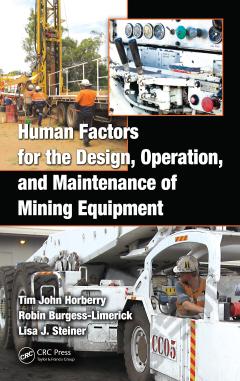
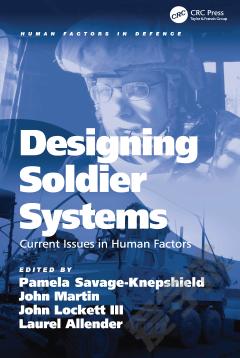
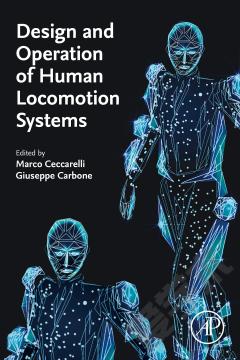
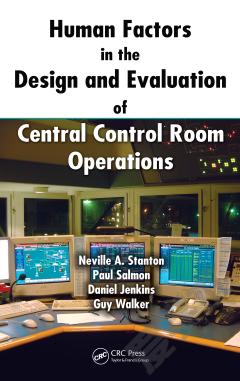
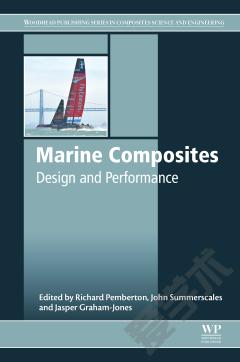
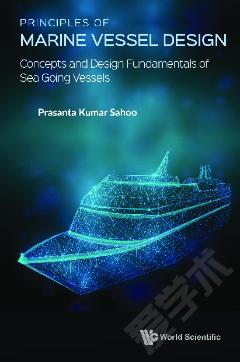

 京公网安备 11010802027623号
京公网安备 11010802027623号